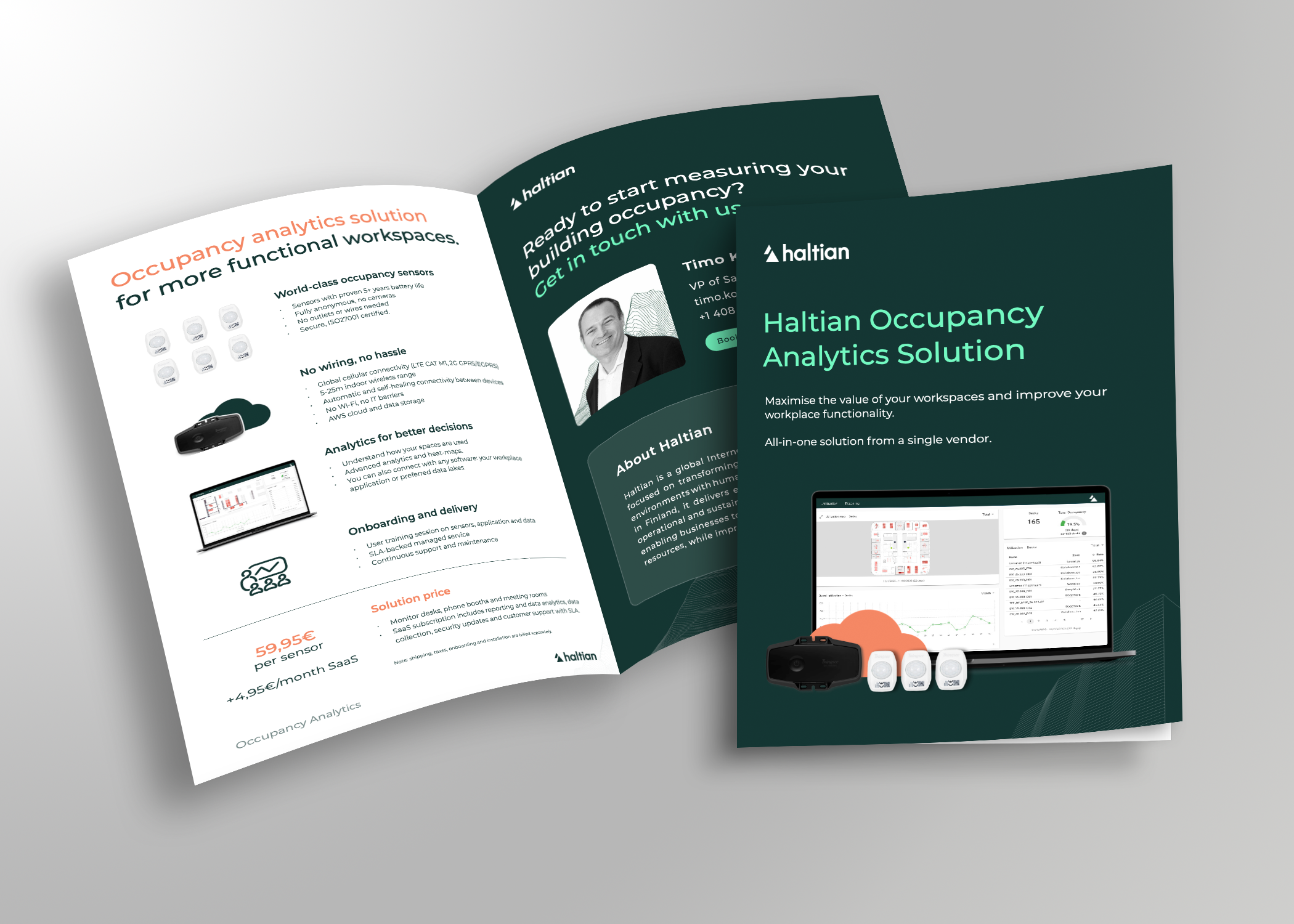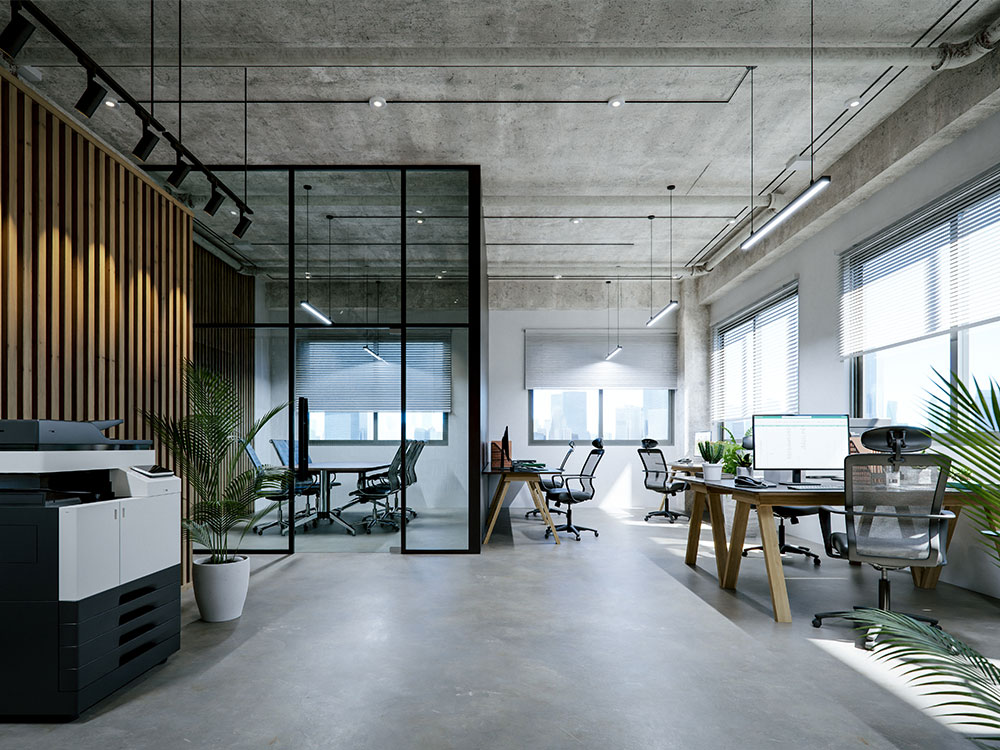Article
Can You Reduce Office Space?
5 Things to Evaluate
Top considerations that will help to decide how much space can be reduced for optimal efficiency, comfort and productivity.

How we work has changed – but not our offices
As organizations strive for innovation and better work-life balance, managing the remote and hybrid working models is still a challenge. Some organizations introduce new mandatory office days policies, while also considering to reduce their office footprint. Teams come to the office a few days a week for collaboration and face-to-face alignment, but if less workspaces are available, it may become a threat to productivity and even make people unwilling to visit the office. Yet, the hybrid working model often leaves a significant amount of office space unused, making the facility lose its maximum value.
As a result, executives and facility managers are often left with a decision on whether to reduce desks and meeting rooms or move to a smaller location. This is not an easy decision and requires careful evaluation on how much space would be optimal for collaboration and productivity.
Here we offer 5 key considerations that will help to determine how to effectively reduce office space.

Evaluate how much space you can reduce with 5 key questions:
- Can we identify any usage patterns indicating that certain days and areas are less utilized?
- How should we forecast the number of employees in the office on any given day to avoid overcrowding or wasted resources?
- Could a switch to flexible seating/shared desks improve the efficiency of our existing layout?
- How might we balance cost efficiency with a positive employee experience, ensuring we still offer an attractive and functional workplace?
- How do we measure the success of our space reduction efforts, and what metrics or KPIs should we use to guide further decisions?
Final considerations
Useful Approaches to Reducing the Space
Additionally, hot desking strategies, where employees reserve workstations on-demand basis, can greatly reduce the space wasted on empty desks. For organizations that•
One practical way to reduce office space is to thoroughly analyze when and how often employees physically come on-site. If evidence shows that only half the workforce uses specific areas or rooms consistently, those zones may be good candidates for repurposing or elimination.
Host frequent client or partner meetings, a careful balance of meeting rooms and open collaboration spaces can ensure that team members can still gather easily.
Leveraging Occupancy and Utilization Data
Occupancy data helps to understand, in real time, how many people use specific areas, such as desks, conference rooms, or social spaces. By reviewing average occupancy rates and peak usage, facility managers can determine if office capacity is sufficient.
By comparing scheduled bookings to actual usage, you can identify if there are chronic no-shows for booked meeting rooms and if the estimations for space requirements are too high. These metrics offer practical guidance on how to consolidate areas or shift them to different purposes.
Start evaluating your space needs today with technology
Wireless sensors – easy setup in minutes. Learn about Haltian Occupancy Analytics solution and pricing below.


Author
Polina Feshchenko
Marketing Manager
Other relevant content

Article
What are the most common type of smart office sensors?
Explore the four types of office sensors, their common applications, benefits and technology.

Guide
Optimizing office spaces for efficiency – a practical guide
Explore a step by step approach to occupancy management and its impact on business performance.

Customer Story
Uniper frees up 30% of space with smart office sensors
Read how new ways of working and technology adoption helped Uniper to transform office operations.


